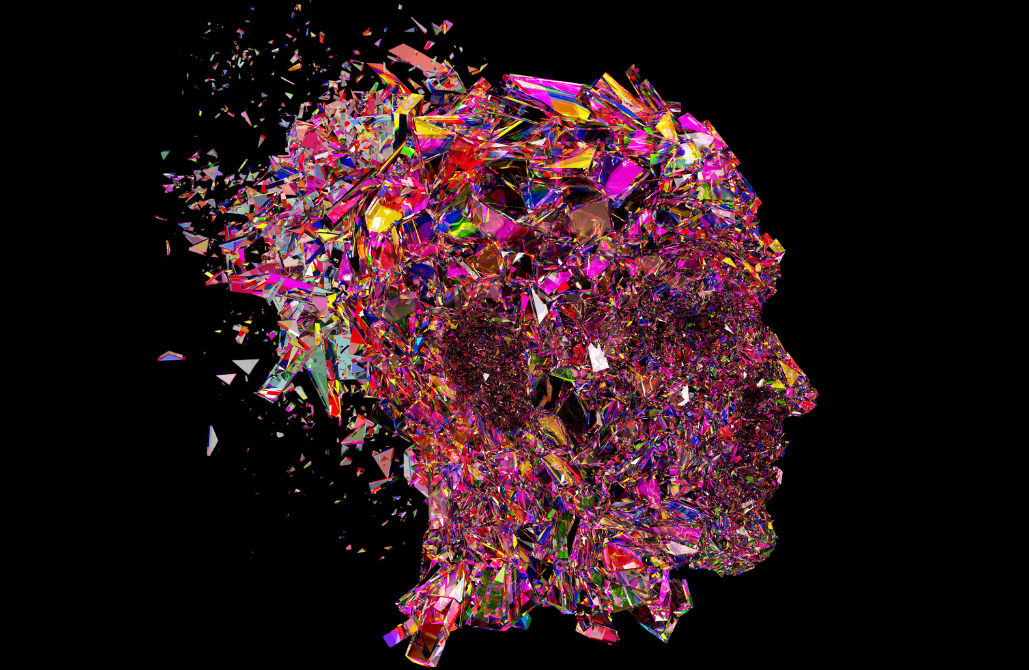From Uncertainty to Clarity: Redefining Diagnostic Tools in Mental Health
Digital and biological tools are transforming psychiatry by bringing data-driven clarity to diagnosis and guiding personalized treatment.

From Uncertainty to Clarity: Redefining Diagnostic Tools in Mental Health
During my time working in inpatient mental health, I participated in the assessment, diagnosis, and treatment optimization of patients experiencing severe psychiatric decompensation. I quickly learned that, while most branches of medicine are grounded in measurable biomarkers and well-defined outcomes, psychiatry often operates in a different paradigm. Clinicians would sometimes describe their approach as “throwing everything but the kitchen sink at the patient and seeing what sticks.” Diagnoses were fluid, often shifting depending on which treatments produced the best immediate outcomes rather than addressing underlying pathology.
What followed was often a frustrating cycle of trial and error: adjusting medications, responses monitored, and weeks or months spent watching for improvement.. This diagnostic instability was unsettling not only for patients and their families, but also for clinicians striving to deliver consistent, evidence-based care.
In medicine, diagnostic stability refers to the likelihood that a diagnosis remains consistent over time. For example, with type 2 diabetes, roughly 86% of people retain the same diagnosis eight years after initial assessment1. Once diagnosed, it’s rare for the condition to be reclassified or replaced with a different one.
Psychiatry, however, however, tells a different story, with some psychiatric diagnoses showing diagnostic stability as low as 36%2. Psychiatric diagnoses often shift as new symptoms emerge, treatment responses evolve, or clinical interpretations change. This lower diagnostic stability reflects the field’s reliance on subjective criteria and the lack of clear biological markers. For those involved, this fluidity can be disorienting, creating a clinical experience shaped more by uncertainty than by a clearly defined disease model.
Digital Tools: Improving Diagnostic Cofidence
Emerging platforms like MindMetrix aim to bring clearer diagnostic tools and greater consistency to psychiatric diagnosis. Their platform uses a combination of structured clinical interviews, algorithm-based statistical diagnostic probability, and digital behavioral tracking to generate a more consistent and transparent diagnostic process. The goal is to reduce the “trial-and-error” approach that many patients and providers often find frustrating, especially during the early stages of treatment, when diagnostic labels often shift.
MindMetrix positions its tool as a complement to, rather than a replacement for, clinical judgment. But it raises an important question: can a digital tool bring more objectivity to a field that has historically struggled with consistency and clarity? Skeptics argue that reducing human nuance to data points risks oversimplifying complex cases. But data suggest it could lead to earlier clarity, better treatment matching, and ultimately improved outcomes, especially in settings where time and resources are limited. If proven as effective as early studies suggest, this type of tool could transform the way we approach mental health diagnostics.
From Diagnosis to Action: BrightKaire's Role
At NeuroKaire, we believe improved diagnostic clarity is only the first step: even with a stable diagnosis, treatment selection often remains a challenge. Our BrightKaire test helps bridge the gap between diagnosis and treatment, offering a blood-based tool to identify the most effective antidepressant for each patient based on their unique biology.
Using a combination of patient-derived neuronal models and pharmacogenetic insights, BrightKaire delivers functional, personalized data that helps clinicians match patients to the right therapy more quickly. This approach helps reduce unnecessary treatment cycles, supports adherence, and enhances outcomes.
The integration of diagnostic tools like those from MindMetrix and personalized treatment platforms like BrightKaire represents a promising shift toward a more objective, biology-informed approach to mental health care. As we continue to push for better outcomes in psychiatry, these innovations offer hope, not just for more accurate diagnoses, but for faster, more effective relief.
1. Stern, M. P., Valdez, R. A., Haffner, S. M., Mitchell, B. D., & Hazuda, H. P. (1993). Stability over time of modern diagnostic criteria for type II diabetes. Diabetes care, 16(7), 978–983. https://doi.org/10.2337/diacare.16.7.978
2. Baca-Garcia E, Perez-Rodriguez MM, Basurte-Villamor I, et al. Diagnostic stability of psychiatric disorders in clinicalpractice. British Journal of Psychiatry. 2007;190(3):210-216. doi:10.1192/bjp.bp.106.024026

